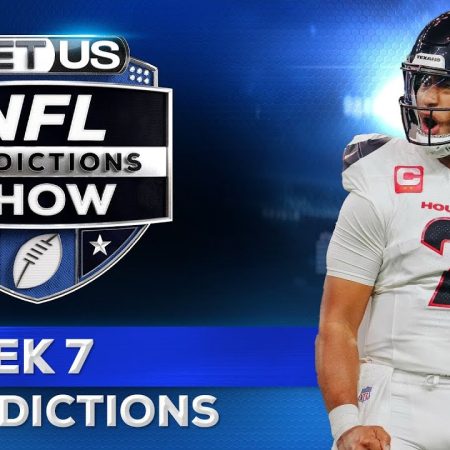Video Summary
Understanding Odds: The Key to Winning in Sports Betting
When it comes to sports betting, understanding odds is crucial to making informed decisions. One common misconception is that minus odds, such as -110 or -130, mean that the team is a lock to win. However, this is not the case. Minus odds simply indicate that the team is favored to win, but it's not a guarantee.
In fact, minus odds often reflect the bookmaker's perceived advantage, which is built into the odds. This means that even if the favorite wins, the bettor may not necessarily win the same amount they wagered. For example, if a team is -110 to win, a bettor would need to wager $110 to win $100.
On the other hand, positive odds, or “plus money,” indicate that the team is an underdog and less likely to win. This is often the case for teams that are considered long shots or underdogs. However, positive odds can also offer better value for bettors, as they can win more money than they wagered.
For instance, if a team is +150 to win, a bettor would win $150 if they wagered $100. In this scenario, the underdog has a higher potential payout, making it an attractive option for bettors who believe in their chances of winning.
By understanding the true meaning of odds, bettors can make more informed decisions and increase their chances of winning. Whether you're a seasoned pro or just starting out, grasping the basics of odds is essential to success in the world of sports betting.
Learn how to bet on sports with my sports betting 101 for beginners. Today we're learning how sports betting odds work.
Learn how to bet on sports with my sports betting 101 for beginners. Today we're learning how sports betting odds work.
















